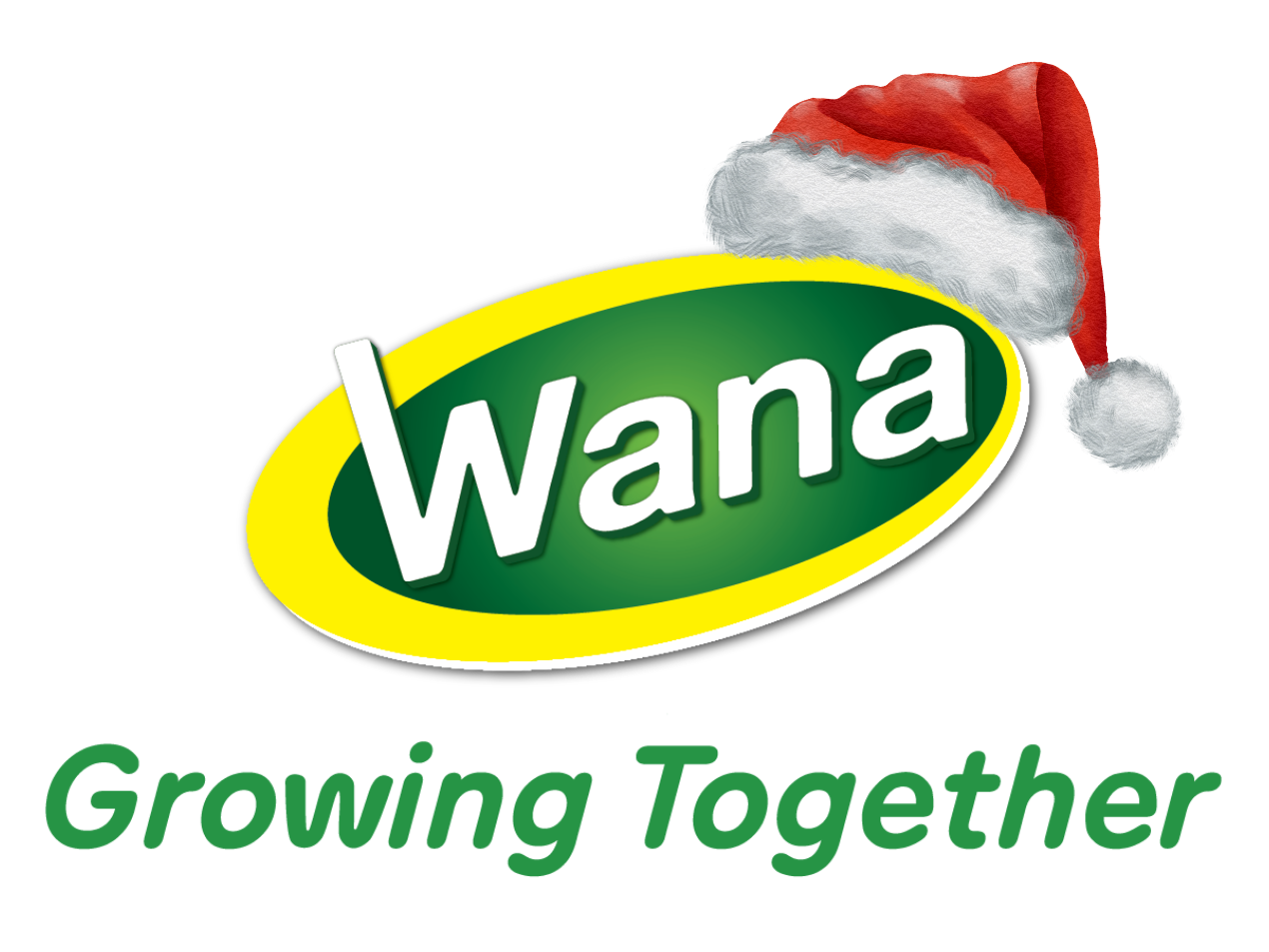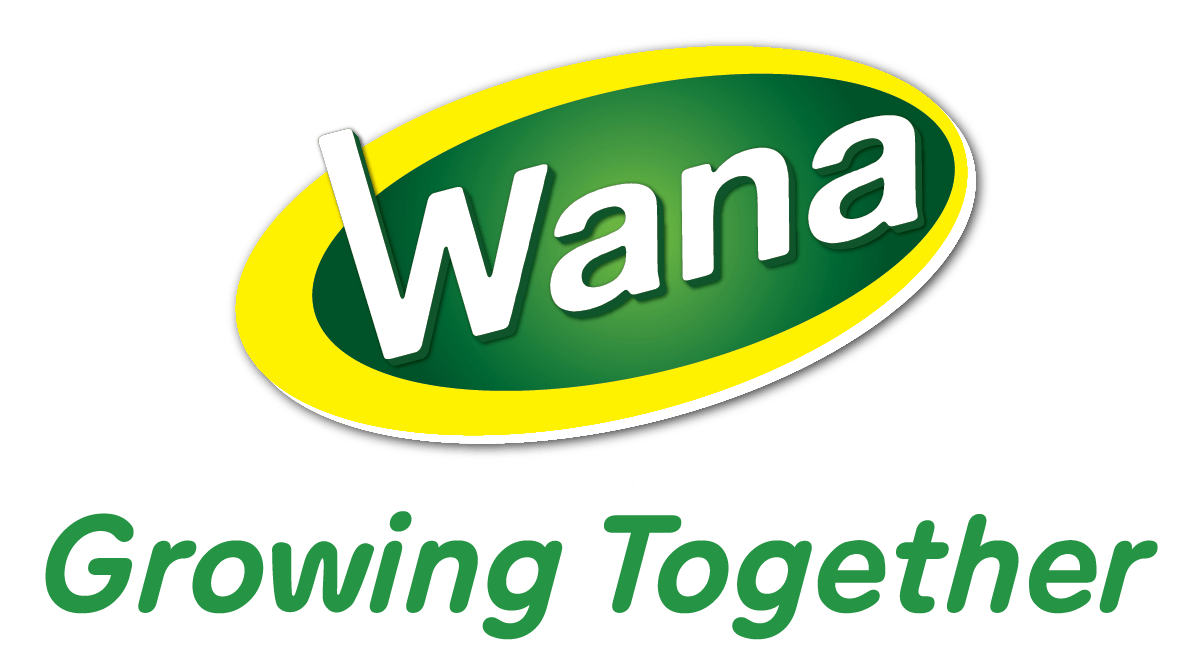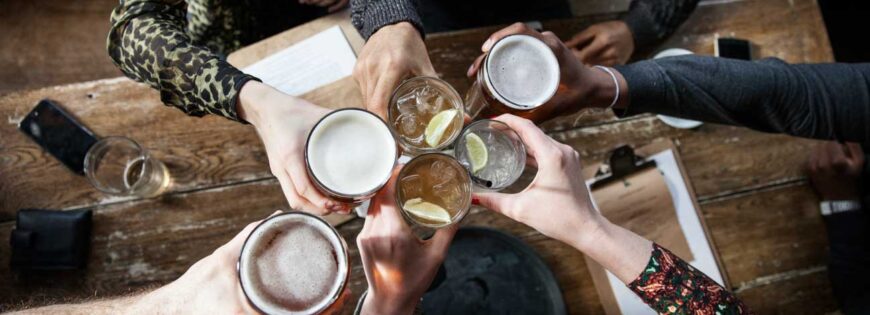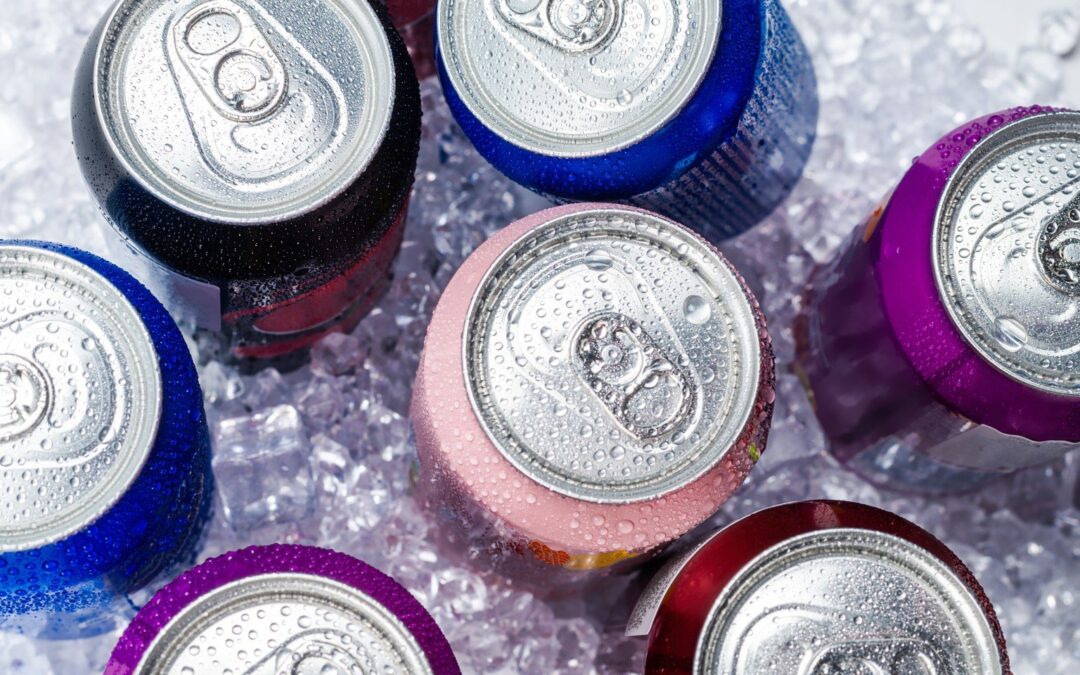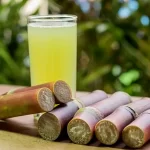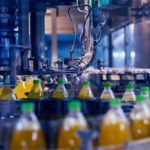In the dynamic world of alcoholic beverage manufacturing, staying ahead of trends and implementing effective marketing strategies is crucial for success. As we step into 2024, this blog explores the anticipated trends and innovative marketing approaches that will shape the landscape for alcoholic beverage manufacturers. Join us on this insightful journey as we uncover the strategies that will define the industry in the coming year.
Read more: Hard Seltzer Manufacturers: Is this drink still expected to grow
Beverage Industry Growth
In terms of overall volume consumption, the alcohol industry is consistently on the rise. A significant shift occurred post-pandemic as consumers resumed on-premise beverage experiences. According to data from the Beverage Information Group, the US witnessed a surge in seltzer consumption by 130 million cases, while beer and malt beverages increased by 25 million cases, spirits saw a boost of 15 million cases, and wine contributed an additional 3.5 million cases in 2020. Despite the challenges posed by the pandemic, the beverage industry not only weathered the storm but also experienced substantial growth, a trend expected to persist, particularly with the introduction of new consumers into the market.
How Fast Is the Alcohol Industry Growing?
As of 2022, the revenue in the alcoholic beverage sector reached $261.1 billion in the US. The market is anticipated to expand at a rate of 10.51% annually between 2022 and 2025. Beer sales constitute the majority of this revenue, amounting to $111.5 billion. Looking at the global scale, China leads in revenue generation, boasting sales of $319.8 billion.
5 Keys Alcohol Consumption Trends For 2024
RTD Alcohol Drinks with Natural and Herbal Flavors
The ready-to-drink segment, encompassing malt-based, wine-based, and spirit-based beverages, stands out as the most rapidly expanding sector within the market, with expectations of an additional 8% growth by 2025. For established RTD brands, this signals heightened competition and the imperative to introduce innovative products. In 2021, RTD beverages aimed to attract the 25% of alcohol consumers seeking low-carb and low/no sugar options. However, this approach alone may prove insufficient to maintain a competitive edge as we transition into 2023.
According to insights from Sensient, millennials, constituting a significant 62% of the RTD market, are now seeking beverages that deliver enhanced flavor without the sugar content. Given that millennials often serve as early trend adopters, addressing this demand becomes paramount. Sensient’s research also reveals that marketing labels such as “Made with Natural Ingredients,” “Unique Flavor,” and “Refreshing Flavor” ranked highest in effectiveness for appealing to consumers and driving purchases. Consequently, RTD brands are embracing herbal, botanical, and citrus flavors, providing a subtly sweet taste coupled with the perception of health benefits.
Luxury Spirits
WANA witnessed substantial growth during the pandemic, driven by consumers’ desire to curate ‘affordable luxury’ experiences within the confines of their homes. Across all alcohol categories, particularly in spirits, individuals demonstrated a willingness to invest more in higher-quality products. This inclination shows no signs of abating.
The surge in home mixology trends showcased on platforms like Instagram and TikTok ignited a fervor for cocktails, leading to a newfound prominence of high-end tequila in the United States. Projections indicate that premium spirits could potentially capture a larger share of the global market, with an estimated increase of up to 13% by 2024. This shift is attributed to the younger demographic’s attraction to spirits production’s rich heritage, coupled with cocktails’ sustained popularity in on-premise settings.
The momentum towards premiumization extends to the sparkling wine category, where upscale bubbles are experiencing a notable ascent. Prosecco and Champagne, particularly, are witnessing growth propelled by robust demand in the United States and the United Kingdom. In 2022, volumes for these sparkling wines expanded by 8% and 5%, respectively.
Low and Non-Alcohol Products
The rising trends of sobriety and health-conscious lifestyles are propelling the demand for an expanded array of low and no-alcohol options. Currently, these products constitute a 3.5% volume share in the market. However, this segment is on the brink of noteworthy transformations, particularly with the infusion of more refined and sophisticated flavors.
As per Sensient’s findings, a mere 17% of individuals consuming low and no-alcohol beverages completely abstain from alcoholic drinks. The majority in this category, accounting for 58%, exhibit flexibility by transitioning between low, no, and full-alcohol beverages within the same drinking occasion. Similar to the flavor trends observed in spirits and ready-to-drink (RTD) beverages, these preferences are also shaping the landscape of low and no-alcohol products. Consumers within this segment seek the ability to indulge while still enjoying a level of drink sophistication, alongside the associated health and convenience benefits.
Sustainable Brands
As per IWSR’s study, nearly half of alcohol consumers in the United States, or 48%, express a consideration for a company’s sustainability or environmental efforts when making alcohol purchases. Among Generation Z, a substantial 73% indicate a willingness to pay a premium for sustainable products.
Due to the considerable resources—water, grain, and energy—required for alcohol production, consumers are actively seeking brands committed to minimizing their overall carbon footprint. Beyond addressing the environmental impact of packaging and production methods, brands are now delving into the effects of their raw ingredients and exploring methods to recycle the waste generated by their products.
Brewers Will Become More Experimental
Although non-beer offerings take precedence in burgeoning markets, alcoholic beverage manufacturers believe that beer remains a resilient product with broad consumer appeal. Over the last year, 36% of consumers have indicated an uptick in their beer consumption. Similar to trends seen in other market segments, brewers must persist in innovating, particularly in the realm of flavors. As we approach 2024, anticipate encountering beers infused with adventurous elements such as chocolate, chili pepper, and fruits, providing consumers with a novel and exciting beer experience.
Marketing Strategies For Your Brand
Attracting Gen Z’s Desire for Authenticity and Responsibility
Especially for premium products, it is crucial for brands to effectively convey their values, predominantly centered around showcasing heritage and commitments to the wider community. Emphasizing traditional practices or a brand’s sustainability initiatives can encourage consumers to explore higher-priced offerings and cultivate brand loyalty.
Gen Z, in particular, places significance on purchasing beverages that align with ethical standards, seeking drinks they deem as ethically ‘trustworthy.’ However, authenticity remains paramount. Merely employing ‘greenwashing’ tactics in a marketing campaign can have adverse effects, given that 41% of consumers express a tendency to boycott brands perceived as exploiting public sentiment.
Create A Halo Effect
Brand activations have emerged as a crucial means of engaging consumers, particularly within the alcohol industry, where 75% of drinkers tend to repurchase a beverage for home consumption if they enjoyed it in a bar, restaurant, or club. This phenomenon, often referred to as the ‘halo effect,’ holds significant importance for brands aiming to leave a lasting impression in an increasingly competitive market.
Research indicates that consumers exhibit a greater willingness to experiment with new beverages on-premise. In the United States, 41% of consumers express a desire to try new or different drink brands when out, with this figure rising to 47% for individuals aged 21–24. Similarly, in Europe, 38% of on-premise consumers are open to exploring new and different drinks, and 59% are more inclined to opt for a premium beverage. On-premise venues play a pivotal role in fostering brand exploration.
Read more: Vietnamese Alcohol Drinks by Local Alcohol Beverage Manufacturers
Facilitate Virtual Exploration
According to projections from technology research firm Gartner, it is anticipated that by 2026, 25% of individuals will dedicate a minimum of one hour each day to activities in the metaverse, encompassing work, shopping, socializing, and entertainment consumption. In response, alcohol brands are delving into web3 strategies, incorporating gamified content, virtual concerts, and non-fungible tokens (NFTs) to connect with this digitally adept younger demographic that often proves challenging to engage through traditional advertising channels
As we embark on the journey of 2024, alcoholic beverage manufacturers have the opportunity to set new standards and redefine the industry. By embracing these anticipated trends and adopting innovative marketing strategies, brands can not only survive but thrive in an ever-evolving and competitive market landscape. Cheers to the exciting future of the alcoholic beverage industry!
